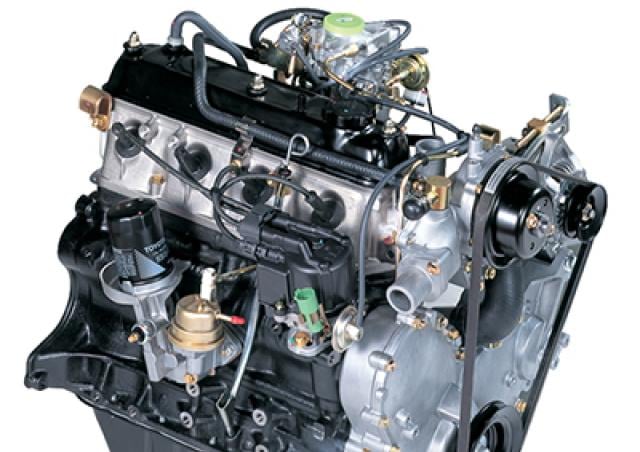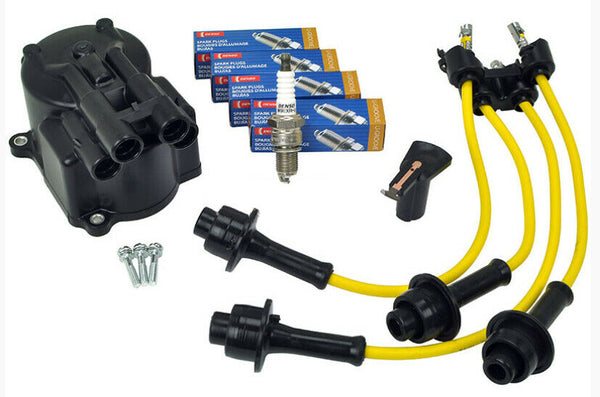The Ultimate Overview to the Engine: Secret Insights for each Auto Enthusiast
Understanding the engine is fundamental for any type of auto fanatic, as it offers as the heart of the automobile and dictates its performance. This guide provides a thorough exam of engine composition, kinds, and the technicians behind their procedure, consisting of the innovative technologies that are reshaping the automobile landscape. Moreover, it highlights the critical nature of upkeep practices that can significantly influence an engine's life-span. The intricacies of engine dynamics and the latest advancements in modern technology existing questions that merit further expedition. What might these insights reveal concerning the future of automobile design?
Makeup of an Engine
Recognizing the makeup of an engine is critical for any kind of car lover seeking to dig much deeper right into vehicle technicians. An inner combustion engine mainly contains a number of vital parts that operate in unison to convert fuel right into mechanical energy.
At the heart of this system exists the cylinder block, which houses the cylinders where combustion happens. Piston movement within these cyndrical tubes is facilitated by the crankshaft, which equates direct movement right into rotational energy. In addition, the camshaft plays a crucial function in controlling the opening and closing of the engine's valves, making certain proper air-fuel blend intake and exhaust gas expulsion.
Various other necessary parts include the gas system, which provides the engine with the essential gas, and the ignition system, liable for launching burning - 4y engine. The air conditioning and lubrication systems are also integral, keeping optimum operating temperatures and decreasing friction, respectively
Engine Types and Configurations
A varied variety of engine kinds and configurations exists, each offering distinct advantages and disadvantages customized to various driving needs and preferences. The most common engine kinds consist of inline, V, level, and rotary arrangements.
Inline engines, including cylinders prepared in a solitary line, are understood for their simpleness and performance. They are frequently discovered in small automobiles, providing an equilibrium of power and economy. V engines, defined by their two banks of cyndrical tubes prepared in a V form, supply higher efficiency and smoother operation, making them preferred in sports and deluxe automobiles.
Flat engines, or boxer engines, have flat opposed cyndrical tubes, which add to a reduced facility of gravity, boosting vehicle stability. These are generally seen in brand names like Subaru and Porsche.
Rotating engines, although less usual, make use of an one-of-a-kind style with a triangular rotor and deal high power-to-weight ratios. They master small and lightweight applications, mainly seen in Mazda cars.
Each engine type serves particular performance qualities, weight circulations, and fuel efficiencies, guaranteeing that cars and truck lovers can choose the ideal engine arrangement to match their driving design and car requirements.

How Engines Function
Engines, no matter their type or configuration, operate on essential principles that govern their efficiency and performance. At their core, engines convert fuel into power through a series of controlled explosions or compressions. This procedure generally involves four main strokes: intake, compression, exhaust, and power.
During the consumption stroke, the engine reels in a combination of air and fuel. The compression stroke complies with, where the blend is compressed in the cylinder, raising its temperature level and stress. In the power stroke, a trigger stirs up the pressed mixture (in gasoline engines) or the blend sparks spontaneously (in diesel engines), leading to have a peek at this site a quick expansion of gases that presses the piston down. Lastly, the exhaust stroke removes the invested gases from the cylinder.
The efficiency of an engine is influenced by numerous factors, including the layout of the combustion chamber, the sort of fuel used, and the accuracy of the engine's parts. Recognizing these basic concepts is crucial for auto lovers that look for to value the detailed auto mechanics behind their lorries, as well as for those intending to enhance performance with alterations and tuning.
Advancements in Engine Technology
Recently, developments in engine innovation have actually significantly transformed the vehicle landscape, improving both efficiency and environmental sustainability. Among the most noteworthy innovations is image source the development of turbocharging and supercharging, which permits smaller sized engines to produce greater power outcomes without sacrificing gas effectiveness. This has caused a surge in the appeal of scaled down engines, offering suppliers with the ability to satisfy stringent discharges laws while maintaining efficiency criteria.
Additionally, crossbreed and electrical powertrains are improving the engine standard. Hybrid systems integrate internal burning engines with electrical motors, enhancing fuel consumption and lowering discharges. Fully electric cars (EVs) eliminate the combustion engine altogether, depending on innovative battery innovation to deliver instantaneous torque and outstanding acceleration.
Moreover, the assimilation of expert system and artificial intelligence in engine management systems allows for real-time optimization of efficiency parameters, boosting effectiveness and responsiveness. Innovations such as variable valve timing and direct gas injection better refine combustion processes, taking full advantage of power output while lessening waste.
As the auto sector remains to advance, these developments in engine innovation will certainly play an essential function in forming the future of flexibility, prioritizing both efficiency and sustainability.
Maintenance Tips for Fanatics
Maintaining an engine is as vital as the developments that boost its efficiency. Routine maintenance not just lengthens the life of your engine however also guarantees ideal efficiency.
Examine and change air filters periodically to ensure correct airflow, which is critical for burning efficiency. A clogged air filter can bring about reduced performance and boosted fuel consumption. Keep track of the coolant levels to protect against getting too hot, and replace coolant according to the solution routine. 4y engine.

Conclusion
Finally, a comprehensive understanding of engine makeup, kinds, and technicians is necessary for vehicle fanatics. The expedition of developments such as turbocharging and crossbreed systems highlights the improvements in efficiency and efficiency. Additionally, regular upkeep methods, including oil modifications and air filter checks, are important for guaranteeing optimal engine functionality and longevity. Proficiency of these principles cultivates a deeper recognition for engine characteristics and improves the general driving experience.

Engines, regardless of their type or setup, run on fundamental principles that govern their efficiency and efficiency. In the power stroke, a spark fires up the compressed mixture (in gas engines) or the blend fires up automatically (in diesel engines), resulting in a fast expansion of gases that pushes the piston down.In recent years, advancements in engine innovation have significantly changed the automobile landscape, improving both performance and ecological sustainability.